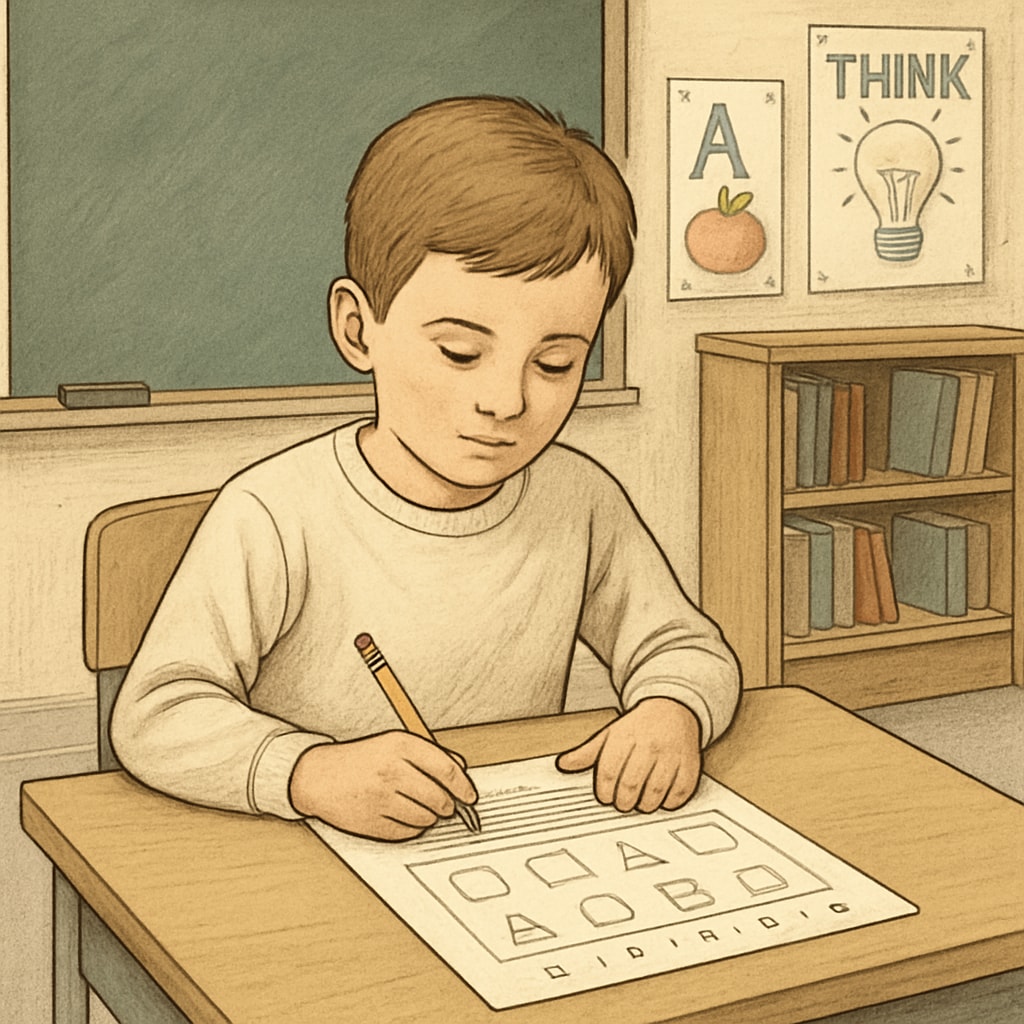Identifying and nurturing gifted children requires a thoughtful and well-rounded approach. Standardized tests such as the Cognitive Abilities Test (CogAT) and the Wechsler Intelligence Scale for Children (WISC) are often used to evaluate intellectual potential. However, understanding the strengths and limitations of these tools is critical to establishing effective evaluation standards. In this article, we will explore these tools, their applications, and the significance of a multifaceted system in assessing gifted children.
Understanding Standardized Tests for Gifted Children
Standardized tests are widely regarded as essential tools for measuring cognitive abilities and identifying potential in gifted children. Two commonly used instruments are:
- Cognitive Abilities Test (CogAT): This test measures reasoning abilities in verbal, quantitative, and nonverbal domains. It is designed to assess problem-solving skills and intellectual flexibility, making it a popular choice for identifying academic potential.
- Wechsler Intelligence Scale for Children (WISC): A comprehensive test that evaluates various cognitive functions, including verbal comprehension, working memory, and processing speed. WISC provides a detailed profile of a child’s intellectual strengths and weaknesses.
While these tests are excellent starting points, they are not without their limitations. For example, some argue that they may not fully capture a child’s creativity or social-emotional intelligence, which are equally important for overall development.

The Value and Limitations of Standardized Testing
Standardized tests offer several advantages, including their ability to provide objective data and identify specific strengths and weaknesses. However, they also have notable limitations:
- Benefits: These tests are time-efficient, widely recognized, and provide benchmarks for comparison across diverse populations. They can help educators tailor learning strategies to meet a child’s unique needs.
- Drawbacks: They may not account for cultural, linguistic, or socio-economic differences, potentially leading to biased results. Additionally, they often overlook non-academic talents such as artistic or emotional intelligence.
As a result, relying solely on standardized tests may provide an incomplete picture of a child’s abilities.
The Case for a Holistic Evaluation Approach
To accurately assess a child’s potential, a more holistic approach is recommended. This can include:
- Performance-Based Assessments: Observing how children apply their skills in real-world contexts, such as group projects or creative tasks.
- Teacher and Parent Observations: Insight from those who interact with the child regularly can provide valuable context that tests might miss.
- Emotional and Social Metrics: Evaluating a child’s social adaptability, leadership skills, and emotional intelligence to gain a well-rounded understanding of their capabilities.
Integrating these methods with standardized testing can lead to more accurate and equitable identification of gifted children.

Guidelines for Parents and Educators
For parents and educators looking to evaluate a child’s potential, the following steps can help in selecting the right approach:
- Understand the Child’s Needs: Consider the areas in which the child excels or struggles. This will help determine the most suitable evaluation tools.
- Research Testing Options: Familiarize yourself with tests like CogAT and WISC, as well as alternative assessments, to make an informed decision.
- Consult Experts: Seek guidance from psychologists, educators, or gifted education specialists to ensure a well-rounded evaluation.
- Prioritize a Balanced Approach: Combine test results with other forms of assessment to gain a comprehensive understanding of the child’s abilities.
By following these guidelines, parents and educators can make informed decisions that support a child’s development and future success.
Conclusion
Standardized tests like CogAT and WISC are valuable tools for assessing gifted children, but they are not without limitations. A multifaceted approach that incorporates performance-based assessments, observations, and social-emotional metrics is essential for a holistic understanding of a child’s potential. Parents and educators play a crucial role in selecting the right tools and fostering an environment where gifted children can thrive. By combining structured testing with a broader evaluation framework, we can unlock the full spectrum of a child’s talents.


